Latest News On Tariffs In Life Sciences
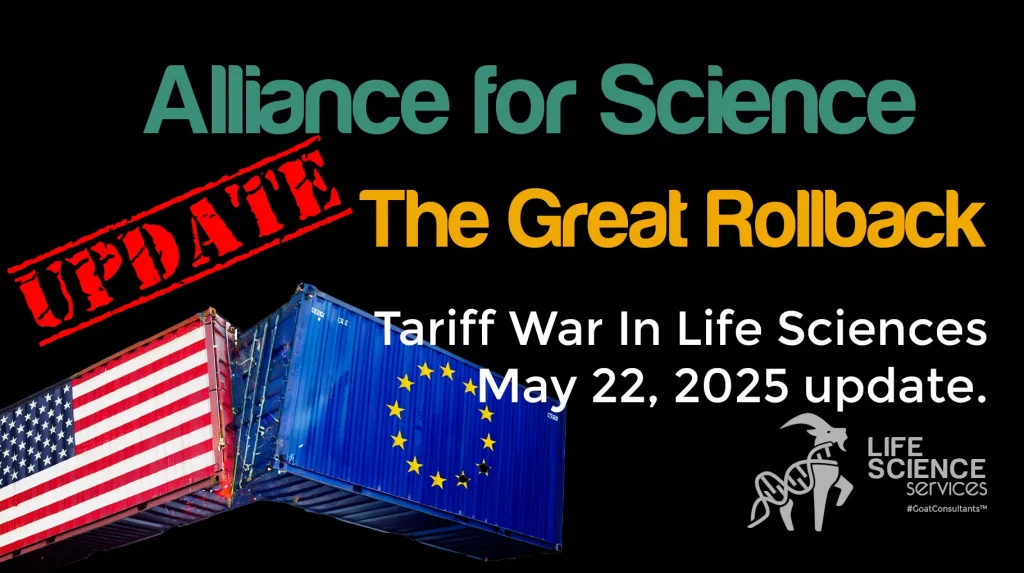
The latest news on tariffs in life sciences reveals rising costs, policy risks, and innovation threats. Here’s what executives must know, and do, to stay ahead.
Trump’s Biotech Policy Is Reshaping Global Science and Pharma Supply Chains
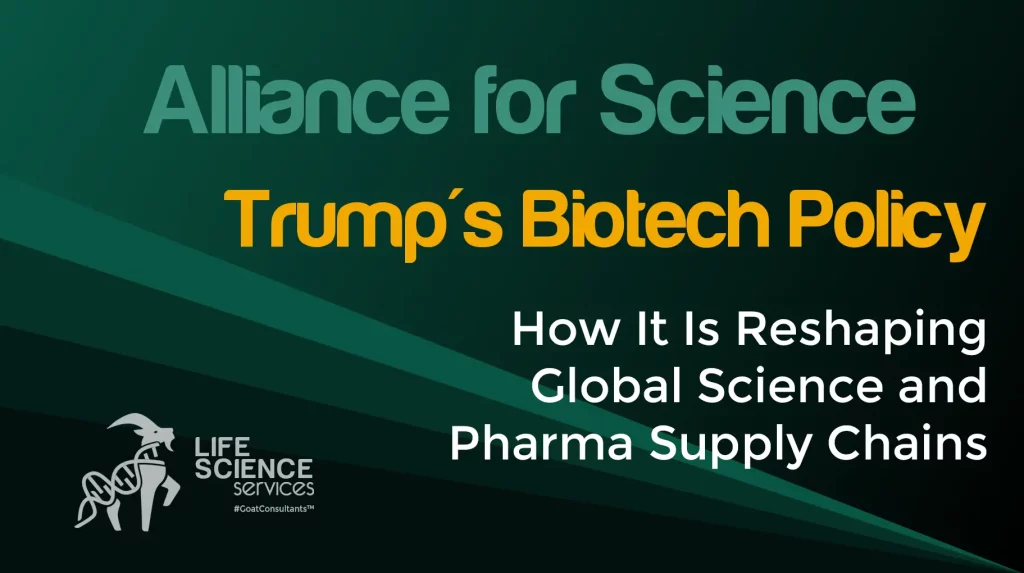
Trump’s biotech policy is reshaping global pharma through tariffs, pricing reforms, and reshoring mandates. It is forcing life sciences leaders to rethink innovation, supply chains, and strategy.
Tariff Exemptions in Life Sciences – A Closer Look at the April 2025 Update
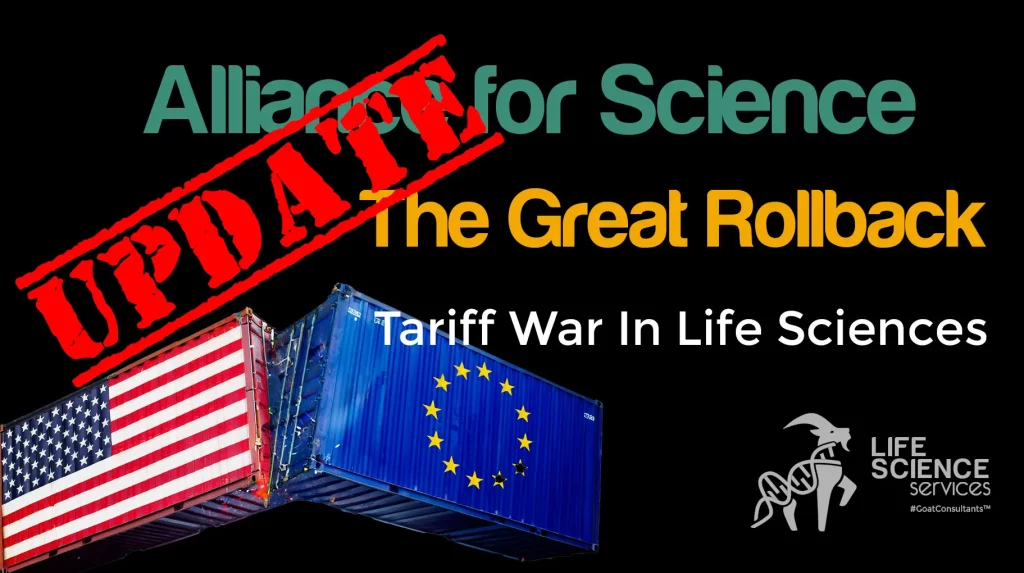
🚨 Tariff Exemptions in Life Sciences
❌ Trade policy is failing U.S. pharma & biotech manufacturing.
✅ 60% of pharma inputs & medicines are now tariff-exempt.
❌ But when considering the entire life sciences industry, that number drops to 40%.
🔻 What’s missing?
❌ Medical devices are NOT included.
❌ Manufacturing equipment (CAPEX) is still taxed.
❌ Key biomanufacturing consumables face tariffs.
💡 The biggest contradiction?
Trump’s administration says it wants to “re-arm” U.S. industry—but tariffs still apply to the equipment needed to manufacture medicines here.
👉 How can companies bring production back if CAPEX remains expensive?
📢 What needs to change?
🔹 Exempt medical devices & biotech consumables.
🔹 Eliminate CAPEX tariffs to allow true reshoring.
🔹 Create a comprehensive trade policy for ALL life sciences.
Right now, this isn’t an industrial revival—it’s a half measure.
Licensing Agreements In Life Sciences Amidst Trade Wars and Regulatory Shifts

The Great Rollback is disrupting licensing agreements in life sciences as trade wars and regulatory fragmentation create uncertainty. FDA instability is delaying approvals, causing licensing disputes, while U.S. export controls are forcing European biotechs to reconsider partnerships. To mitigate risks, companies are embedding ‘trade war triggers’ and arbitration clauses in agreements. Meanwhile, the EMA’s regulatory stability offers a strategic advantage, enabling U.S. and Chinese firms to prioritize Europe for faster approvals and market entry. The future of licensing will depend on adaptability, geopolitical foresight, and leveraging EMA’s reliability.
Tariff War In Life Sciences: How to Manage Customs Risks and Costs

The U.S.-EU tariff war is raising costs and tightening customs scrutiny for pharmaceuticals, medical devices, and IMPs. With 25% tariffs on exports, companies can no longer rely on nil-value declarations for clinical trial shipments, risking higher costs, delays, and compliance issues. To navigate this, firms must adopt ERP-driven customs management, ensuring accurate HTS classification, tariff tracking, and duty mitigation to protect supply chains and control costs.
Medicine Shortages in the EU: Root Causes and Strategic Solutions
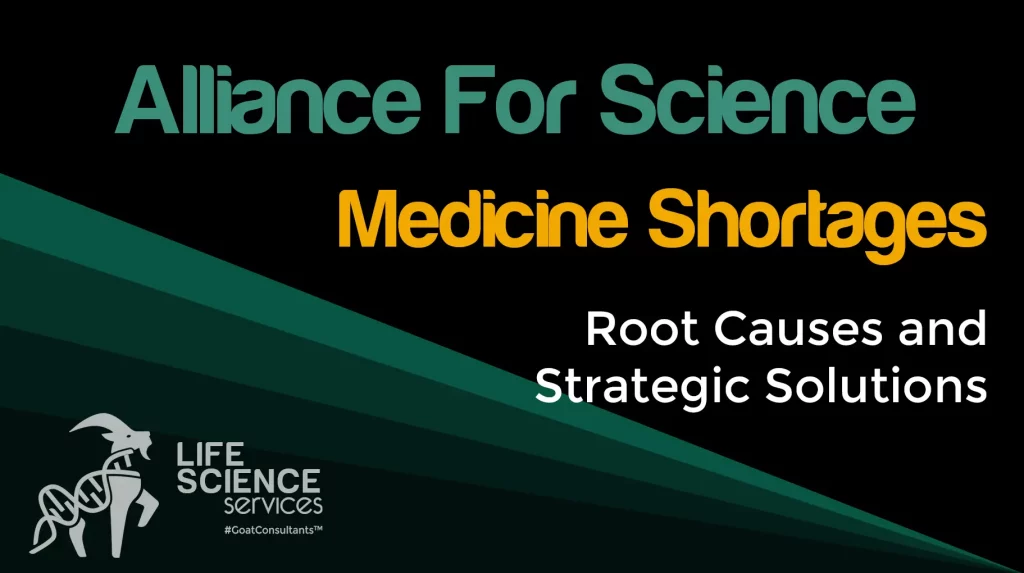
Medicine shortages in the EU are not a new challenge, yet they continue to disrupt healthcare systems and patient care worldwide. Over 50% of these shortages stem from manufacturing and quality issues, exacerbated by fragmented supply chains, inadequate data management, and reactive crisis handling.
This article dissects the root causes of medicine shortages and offers practical, data-driven solutions for life sciences companies. From strengthening supply chain resilience to leveraging modern ERP systems for early risk detection, we explore how small and mid-tier pharma companies can move from crisis response to proactive prevention.
The key to solving medicine shortages? Organized data, structured processes, and strategic action. Read on to discover how the right approach can transform uncertainty into stability.
Outdated Accounting Practices Hold Back R&D Success

In small and mid-sized life sciences companies, outdated accounting methods in finance are causing more harm than meets the eye. Legacy systems—marked by complex Excel spreadsheets and lengthy feedback loops—are overwhelming R&D teams. These inefficient practices waste time and drain the value of R&D, leading to delays in innovation. It’s time for non-finance leaders to push for streamlined, transparent accounting tools that drive progress rather than hinder it. The path from lab to market depends on integrating R&D with modern, strategic financial oversight. CFOs and stakeholders must embrace up-to-date, integrated solutions to secure R&D success and company growth.
Shipping IMPs for Clinical Trials in Europe: Best Practices

Shipping Investigational Medicinal Products (IMPs) for clinical trials in Europe is a critical yet complex process. IMPs, being unapproved drugs used in clinical trials or Early Access Programs (EAPs), require meticulous handling to navigate customs regulations, value-added taxes (VAT), and specific local requirements. Common mistakes in this process can lead to significant delays and increased costs. To avoid these pitfalls, it’s essential to understand and adhere to best practices, ensuring compliance and efficiency in the supply chain. For a comprehensive guide on these practices, refer to the full article.
